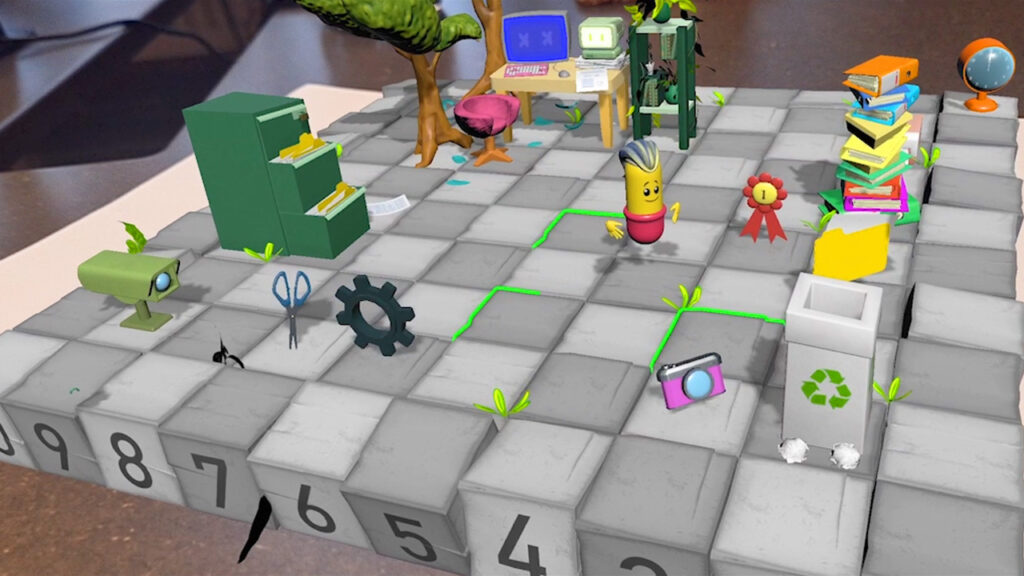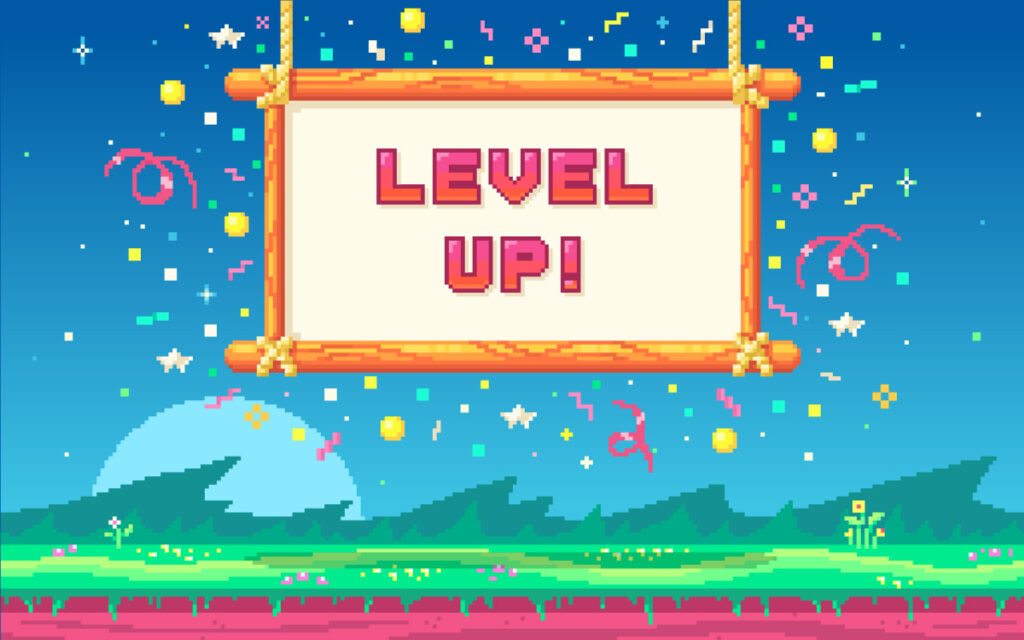But don’t just take our word for it — there is plenty of evidence to back up these claims. For instance, according to a study conducted by the Canadian software firm Spinify, 90% of employees experienced increased productivity with the usage of gamification elements in their training sessions.
Meanwhile, Christopher Annand — the Director of Programs, Governance, and Operations for Cargill — says gamification has helped his company create training programs easier and faster than ever before. Cargill is the largest and most valuable private company in the United States, and Annand says Cargill finds gamification to be a “powerful approach” for training the company’s 150,000+ employees.
The future of gamification is looking brighter than ever.
There’s little doubt that gamification is booming. For proof, look no further than the money being spent. As one example, the London-based data analytics and consulting firm GlobalData says that the United States Army will spend around £20.4 billion by 2028 on gamified training simulations.
Furthermore, the Indian market research company Mordor Intelligence projects that the global gamification market will be worth £37.9 billion annually by 2029, up from roughly £12 billion in 2024. Mordor attributes the increase to “the exponential growth in smartphones and mobile devices,” along with “increasing recognition of gamification systems.”
In short, the more companies try gamified training, the more benefits they see from it. Traditional training can be prohibitively expensive, especially for large companies. The costs of setting up in-person sessions with trainers and employees in several different locations can skyrocket, especially if extensive travel is required.
And that’s not to mention the time cost — with gamified training, there’s no need for time-consuming travel eating into your employees’ daily productivity. Instead, they can simply access your training materials at their convenience from the comfort of their desks, or even on their smartphones during their daily commute.










